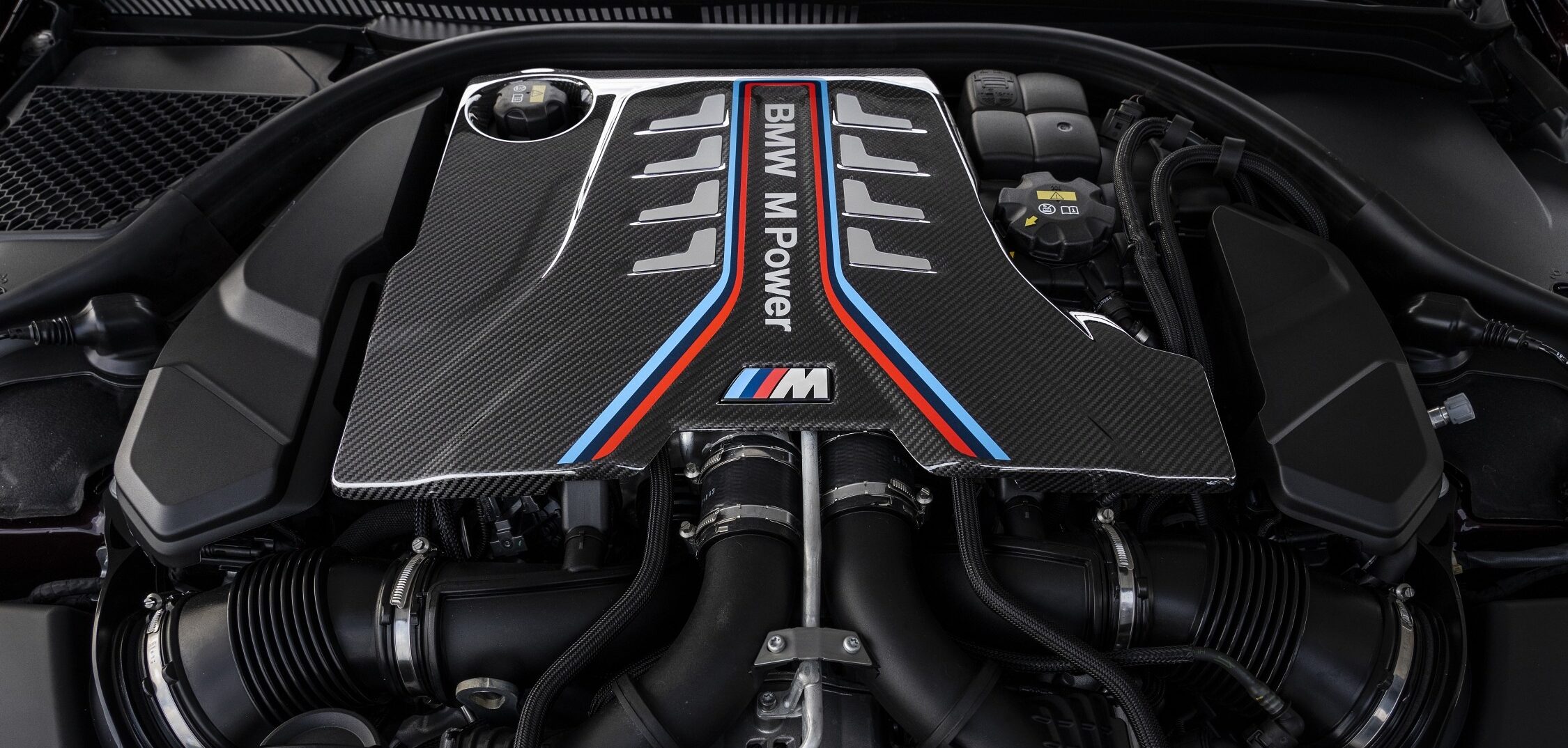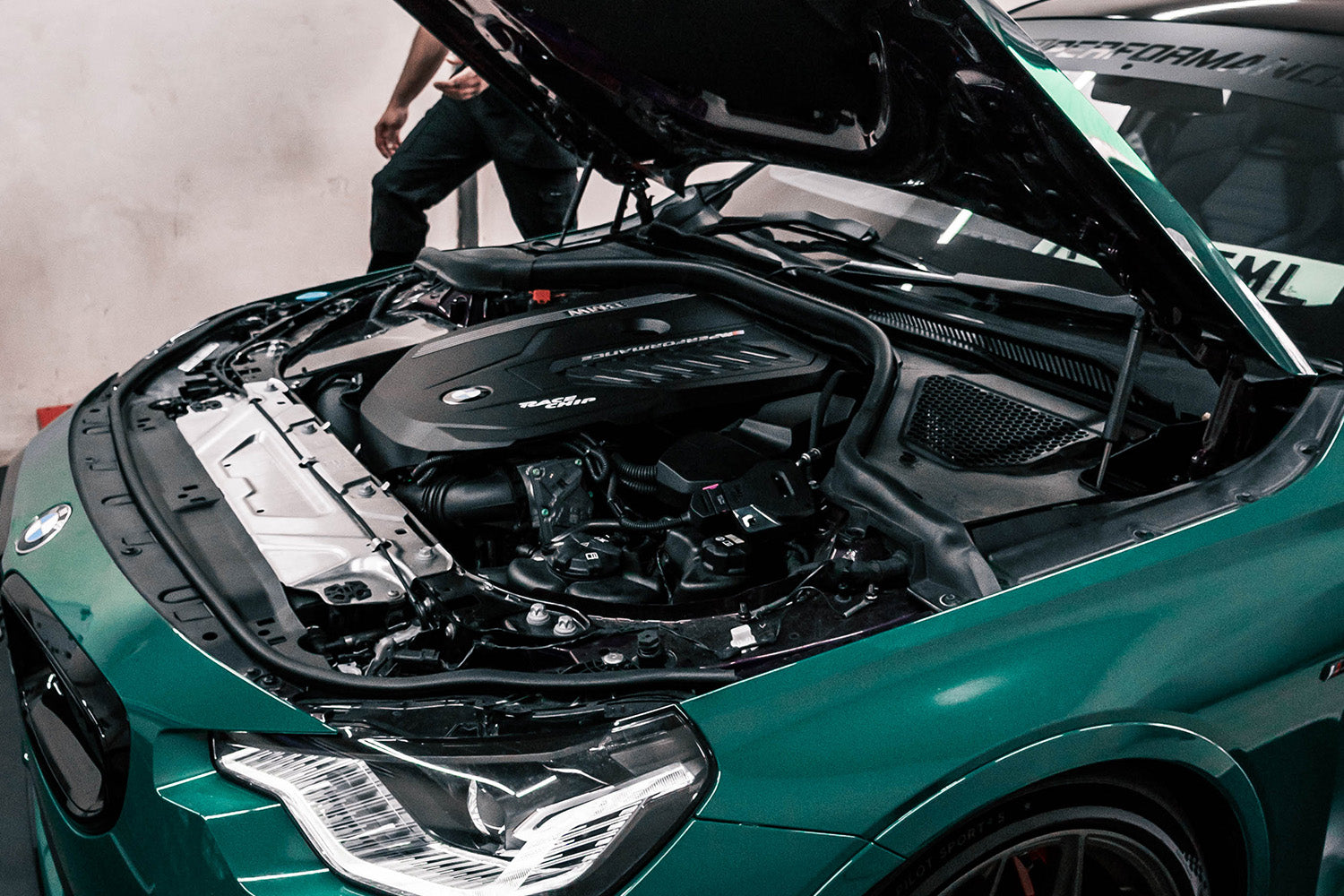A Beginner's Guide to Choosing the Right BMW Engine for Your Demands
A Beginner's Guide to Choosing the Right BMW Engine for Your Demands
Blog Article
Discovering the Development of Burning Engines in Modern Transport Equipments
As we navigate the landscape of modern-day transport, the development of combustion engines stands as a testimony to human resourcefulness and engineering prowess. The interplay of background, innovation, and environmental issues in shaping the trajectory of burning engines produces a narrative that is both compelling and informative.
Very Early Beginnings of Combustion Engines
Just how did the idea of burning engines first arise in the onset of transport advancement? The roots of burning engines can be traced back to the 17th century when the principles of inner burning were very first checked out. In 1673, Christian Huygens conceptualized a standard interior combustion engine that made use of gunpowder to produce power. However, it wasn't till the late 19th century that useful applications of burning engines in transportation started to arise.
The advancement minute featured the creation of the initial successful gasoline-powered engine by Karl Benz in 1885 - bmw engine. This engine led the means for the development of the contemporary auto, reinventing transportation systems worldwide. Subsequent technologies by Nikolaus Otto and Gottlieb Daimler further fine-tuned burning engine modern technology, resulting in the automation of autos and the rapid growth of the transport industry
These very early burning engines were defined by their simpleness and effectiveness, laying the structure for the complicated and effective engines utilized in modern-day transport systems. The development of burning engines has actually contributed fit the method we travel and transfer goods, marking a significant milestone in the background of transport advancement.
Shift to Internal Combustion Modern Technology
The change to interior combustion technology marked an essential shift in the evolution of transport systems. This change began in the late 19th century, with creators like Nikolaus Otto and Gottlieb Daimler developing the initial successful internal burning engines. These engines reinvented transportation by offering an extra effective and powerful alternative to vapor engines and electrical motors.
One of the key benefits of internal burning engines was their capability to be scaled down to fit right into cars, leading to the growth of cars and motorcycles. This shift from cumbersome, stationary engines to portable, mobile ones paved the means for the contemporary transport systems we see today.
The shift to internal burning technology additionally spurred innovations in fuel modern technology, resulting in the growth of gas and diesel as key fuel resources for automobiles. This shift not only made transport much more obtainable to the masses however also laid the structure for the oil and gas industry to end up being integral to worldwide economies.
Effect of Combustion Engines on Transportation
The adoption of burning engines in transportation systems catalyzed an extensive shift in the effectiveness and rate of global movement. Burning engines transformed transportation by supplying a reliable and flexible resource of power for numerous vehicles, including autos, vehicles, ships, and airplanes. This development substantially improved the ability for individuals and products to conform cross countries in much shorter period, resulting in boosted connection in between regions and nations.
In addition, the extensive use combustion engines has had a considerable effect on financial development. The capacity to transfer items successfully has stimulated profession and business, permitting services to broaden their markets and get to consumers worldwide. This has facilitated economic development and globalization, as items can now be carried quicker and in larger quantities than ever.
Nonetheless, the ecological effect of combustion engines can not be overlooked. The burning of fossil gas has resulted in air pollution and greenhouse gas exhausts, adding to climate change and posturing wellness dangers to populations. bmw engine. As an outcome, there is a growing emphasis on creating alternate propulsion technologies to mitigate these adverse impacts and create an extra sustainable future for transport
Advancements in Combustion Engine Layout
One significant advancement is the growth of turbocharged engines, which make use of exhaust gases to drive a generator that presses inbound air, enabling for more fuel to be charred, resulting he said in enhanced power result without a considerable rise in engine dimension. Variable shutoff timing systems have actually also transformed engine design by optimizing air movement at various engine rates, improving both power and effectiveness. These developments collectively add to the constant enhancement of combustion engines in modern-day transport systems.
Future Patterns in Combustion Engine Growth
With innovation innovations driving continuous development, the future of burning engine growth is positioned to transform transport systems worldwide. One of the vital patterns in burning engine development is the press in the direction of greater effectiveness and reduced discharges.
An additional prominent pattern is the adoption of hybrid innovations in burning engines. Hybrid engines integrate standard burning technology with electric power, supplying improved fuel effectiveness and reduced emissions. As navigate here the automobile market changes in the direction of electrification, hybrid combustion engines are seen as a transitional remedy my sources that bridges the gap between traditional lorries and fully electric ones.
Furthermore, the combination of clever modern technologies, such as artificial intelligence and data analytics, is expected to play a considerable duty in the future of burning engine development. These technologies can enhance engine efficiency in real-time, causing extra reliable burning processes and enhanced overall vehicle performance. Embracing these future trends will not only drive development in combustion engine development but also add to a much more sustainable and ecologically friendly transportation environment.

Final Thought
Finally, the advancement of burning engines in modern transportation systems has been marked by significant developments in modern technology and design. From the early beginnings of burning engines to the change to internal combustion technology, these engines have had a profound effect on transportation. Developments in combustion engine style remain to drive development in this field, with future patterns focusing on further improving effectiveness and decreasing discharges. The future of burning engines in transport looks promising as r & d initiatives proceed to push boundaries.
The origins of burning engines can be mapped back to the 17th century when the principles of inner burning were first discovered. These engines changed transport by providing an extra effective and effective choice to heavy steam engines and electric motors.

Report this page